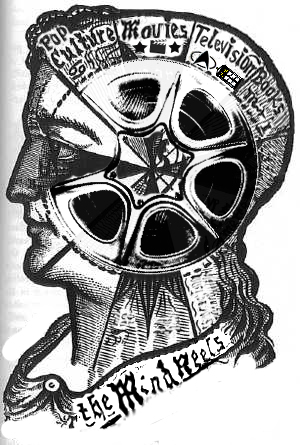James Mangold is not Steven Spielberg. No one said he was. But stepping into a film series whose other four instalments were directed by Spielberg, comparisons will be drawn as Harrison Ford grabs his whip and fedora and settles into the iconic role of Indiana Jones one last time.
There are lots of things to like about Dial of Destiny, first and foremost watching Ford play Indy as an older man, one coming up on the end of his life, and the weight of that resting on his shoulders even as he’s called to action one last time.
This time around, Jones is paired up with his god-daughter, Helena (Phoebe Waller-Bridge) in a race to recover a device created by Archimedes before the Nazi, Jurgen Voller (Mads Mikkelsen) gets his hands on it, and hopes to use it to change the course of the Second World War.
A prologue set toward the end of WWII shows some fairly decent use of de-aging to make Ford look like his younger self. If you look at it too long though it starts to feel too unreal, it does set up the rest of the adventure rather nicely.
Then we join Indy at the end of the 60s, the moon landing has happened, the astronauts are touring the country, and one of the German scientists who helped make it happen, Voller, is using resources to hunt down Helena and her connection to Achimedes’ dial of destiny.
Indy gets pulled into it and finds himself on one last globetrotting adventure.
Which kind of leads to the big issue I have with the film. Starting with Raiders of the Lost Ark, the Indy films (though this sort of falls apart in the fourth film) have followed the pattern of serial adventures. You can practically set your watch for a big action set piece or cliffhanger every twenty minutes.

That feels like it’s missing this time around, and Magold’s action sequences lack the establishing of geography and narrative that Spielberg’s revel in. They fly by too quick and don’t feel as practical as anything in the original trio of films, leaning way too heavily on visual effects, and consequently, those moments aren’t as enjoyable as they should be. There are no standout stunts, no incredible setpieces like those from Raiders, Temple and Crusade, it’s a sweeping global adventure but without the stuntwork that became a trademark of the series.
There should be a sense of wonder and discovery, I can think of three sequences in this film that would have benefited from pausing and taking a breath to take a look at the world Indy finds himself in, but instead we’re simply rushed along to the next plot point, or haphazard action sequence.
It’s fun to see Harrison running around, throwing punches, and it’s great to see familiar and new faces joining our hero, and the final scene of the film is exactly how you’d like to leave the character.
And of course, synonymous with Indiana Jones, Harrison Ford, Spielberg and Lucas is John Williams, who returns to give us a film score that not only delivers the iconic Raiders March but also calls back a number of themes from the four previous films, easily recognizable to any Indy-lover, all of which serve as a touchstone to help guide you back into a world you love.
Don’t get me wrong. I did not hate this movie, just seeing Ford on the big screen as Indiana one last time was worth it, and I like how they’ve let the character age, and more importantly, realize he’s aging. He’s cranky about loud neighbours, students who don’t pay attention, and the losses he’s piled up in his life, and he also knows what’s right (punching Nazis is right up there).
Waller-Bridge makes a nice addition to the story. I love how there are countless character nods to what has come before, photos around Indy’s apartment, letters, notes, and mentions. There is a sense of continuity through all of the films, and this one embraces that, firmly planting it in Indy’s world. Yet even as Williams’ score soars around Indy as he races from danger to danger, you know that Indy himself is just getting tired.
And that isn’t something that is examined enough in modern action movies. Indy’s old, he knows it, and so does his audience, and that makes him more human. There’s a great sequence where he actually questions what he’s doing on this adventure, and how everything hurts, and that makes the character incredibly real.
Don’t go in expecting Raiders of the Lost Ark, instead, just enjoy a check-in with an aging hero who finds himself on one last adventure, one that pits him against the Nazis (and there’s always time to punch Nazis) and a fantastical relic that cannot fall into the wrong hands.
For me, adventure has only one name, Indiana Jones, and it’s great to welcome him back to the big screen. Thank you, Harrison, for bringing to life a character that has been with me for almost my entire life, and who has fueled my love of history, my sense of wonder about the unknown, and fostered a sense of exploration and discovery.


